The Biden Administration Is Dangerously Downplaying the Global Terrorism Threat
Today, there are more terror groups in existence, in more countries around the world, and with more territory under their control than ever before.
In a series of interviews earlier this month timed to coincide with the 22-year anniversary of the 9/11 attacks, senior U.S. counterterrorism officials provided, in the words of Washington Post columnist David Ignatius, “what amounted to an obituary” for al Qaeda in its original Afghan heartlands. National Counterterrorism Center Director Christy Abizaid said al Qaeda “is at its historical nadir … and its revival is unlikely,” having “lost target access, leadership talent, group cohesion, rank-and-file commitment, and an accommodating local environment.” Another senior official described the remaining forces as “a nursing home for AQ seniors.” To all extents and purposes, the media reporting that resulted sounded like a proclamation of victory—and in one case, the Taliban were even singled out as an integral “partner” in this achievement.
In a series of interviews earlier this month timed to coincide with the 22-year anniversary of the 9/11 attacks, senior U.S. counterterrorism officials provided, in the words of Washington Post columnist David Ignatius, “what amounted to an obituary” for al Qaeda in its original Afghan heartlands. National Counterterrorism Center Director Christy Abizaid said al Qaeda “is at its historical nadir … and its revival is unlikely,” having “lost target access, leadership talent, group cohesion, rank-and-file commitment, and an accommodating local environment.” Another senior official described the remaining forces as “a nursing home for AQ seniors.” To all extents and purposes, the media reporting that resulted sounded like a proclamation of victory—and in one case, the Taliban were even singled out as an integral “partner” in this achievement.
As with most things, however, the reality is both more complex and far less encouraging. Although downplaying the current terrorism challenge amid an ever-greater emphasis on great-power competition makes political sense, the complete picture in 2023 is troubling: Today, there are more terror groups in existence, in more countries around the world, and with more territory under their control than ever before. While U.S. and allied attention turns away from combating terrorism threats abroad, it is not just China and Russia seeking to fill gaps—it is also the likes of al Qaeda and the Islamic State.
In Afghanistan, al Qaeda is undoubtedly a shadow of its former self, but that has been true for many years. While U.S. officials claim that the group has “less than a dozen” operatives in Afghanistan today, the United Nations puts the estimated number of fighters at 400, with members integrated into the Taliban government and new training camps and logistical facilities established in nine provinces. Far from being a U.S. partner, the Taliban’s relationship with al Qaeda is described by the U.N. as “close and symbiotic,” with the Taliban providing al Qaeda with the cover it needs to rebuild.
That such cover is provided via an unacknowledged relationship is not some fictional story cooked up by warmongers—it is what has defined the groups’ ties for two decades and why former al Qaeda leader Ayman al-Zawahiri was in a Taliban safehouse in Kabul when he was killed in July 2022. While his presumed successor Saif al-Adel may still be next door in Iran, another equally viable candidate, Hamza al-Ghamdi, is almost certainly under some form of Taliban protection today.
But beyond al Qaeda, the terror threat emanating from Afghanistan is significant. At least 20 terrorist groups now operate on Afghan soil with far greater freedom of maneuver than before the U.S. withdrawal, and most of them maintain a persistent secondary presence in China, Pakistan, India, Uzbekistan, Kyrgyzstan, Kazakhstan, or Syria. Chief among these groups is the Islamic State-Khorasan Province (IS-K), which the commander of the U.S. Central Command (Centcom) said in March would be able to carry out foreign attacks within six months. According to a senior European counterterrorism official, who spoke to me under the condition of anonymity to discuss sensitive information, that threat is already “live,” “active,” and “immediate,” reaching into the West.
Worryingly, the intelligence behind that assessment has come from monitoring IS-K activities outside Afghanistan—presumably because the U.S. withdrawal from the country means the U.S. and Europe now “lack the granularity to see the complete threat picture,” according to Centcom’s Gen. Michael Erik Kurilla.
The fact that those ongoing plots are centrally directed from Afghanistan—as the European official made clear—makes such a gaping intelligence blind spot extraordinarily concerning. Far more is likely being discussed, developed, and deployed from Afghan soil than officials have been able to detect from abroad.
The U.S. government is also celebrating achievements made against terrorism in Syria and Iraq. There is no doubting the effectiveness of the 2014-2019 campaign to defeat the Islamic State’s so-called caliphate. Yet while the group’s capabilities in Iraq remain largely contained, it is demonstrating clear signs of resurgence in areas of Syria nominally controlled by the Bashar al-Assad regime—temporarily holding territory, expanding into new regions, defeating multiforce offensives, and killing hundreds of people. While the U.S. government touts reduced Islamic State operations in U.S.-controlled regions of Syria, it has ignored the other side of the coin altogether.
Worse still, the Islamic State retains considerable long-term advantages. For starters, the remnants of its territorial project in Syria and Iraq are unprecedented in scale. Today, 53,000 women and children from more than 60 countries around the world who came out of Islamic State territory are being held in torrid detention camps administered by the Syrian Democratic Forces (SDF) in northeastern Syria. More than 60 percent are children—many of whom, under current conditions, are destined to represent the Islamic State’s “next generation,” according to Centcom.
Worse still, at least 30,000 battle-hardened Islamic State fighters—its “army in detention,” in Centcom’s words—are currently being held: About 10,000 in SDF prisons in northeastern Syria and at least 20,000 in Iraqi jails. Few are likely to remain there forever. A recent and persistent tribal uprising in eastern Syria poses a potentially existential challenge to the SDF, Washington’s partner on the ground in Syria, thereby placing the U.S. troop deployments there under jeopardy and offering up the nightmare prospect of prisons and camps emptying.
In Iraq, dozens of veteran Islamic State commanders are scheduled for release from prison in the coming months, having been in detention for the past 15-20 years. Western intelligence is awaiting their release with extreme trepidation. And so long as Syria’s broader crisis remains unresolved, the Islamic State and a dozen other terror groups will continue to reap rewards. Only a month ago, a terror suspect was arrested in Philadelphia after allegedly preparing to build bombs with the help of Syria-based members of Katibat al-Tawhid wal Jihad—a group of Uzbek origin that is linked to al Qaeda.
More than anywhere else in the world, though, it is the African continent that counterterrorism professionals should be most concerned about. Groups affiliated with al Qaeda and the Islamic State are assessed to be active in at least 28 African countries. Following successive coups in Mali, Niger, and Burkina Faso, jihadists are on an alarming offensive in the Sahel.
In Mali, where U.N. peacekeepers are the midst of a hurried junta-forced withdrawal, a combination of al Qaeda, Islamic State, and ethnic Tuareg rebels appear to be driving the country into implosion. Al Qaeda’s affiliate, Jamaat Nasr al-Islam wal Muslimin—which also controls roughly 40 percent of Burkina Faso—has escalated its attacks by more than 400 percent this summer, placing Timbuktu and seven other towns under siege, surrounding the capital city of Bamako, overrunning military bases almost at will, and killing hundreds of people. In the past three weeks alone, multiple Malian jets and helicopters have been downed, commercial airports have been forced shut, and Russia’s Wagner Group has taken unprecedented losses—with several convoys massacred and dozens of personnel lost, including 140 killed in a transport aircraft crash in Gao.
Concurrently, the Islamic State’s affiliate in the Sahel, the Islamic State in the Greater Sahara (ISGS), continues to grow, having doubled its territorial control in the past year alone. In expansive regions of Mali, ISGS is already implementing its brutal form of governance and deploying its so-called hisba police, dedicated to enforcing the group’s severe morality code on civilians under its rule. According to the U.N., ISGS already has multiple active foreign fighter and logistical supply routes in play between Mali and southern Europe, as well as constant interconnectivity with its affiliate in West Africa.
At this rate, we could be months away from one or both of al Qaeda and the Islamic State proclaiming some form of so-called territorial states in the Sahel region. And that is not to discount the significance of both groups’ persistent, and in many cases expanding, operations in theaters such as Nigeria, the Democratic Republic of Congo, and Mozambique.
Somalia also remains a deeply troubling hub of terrorist activity, serving as the base for the Islamic State’s regional al-Karrar office, which continues to generate millions of dollars a year for distribution to Islamic State branches worldwide. Nearby, al Qaeda’s al-Shabab remains a potent force that is virtually impregnable to ongoing government offensives. With some U.S. backing, an Ethiopian-Kenyan-Somali military campaign against the group is struggling to dent al-Shabab’s front lines. A week ago, Ethiopian troops were routed in a series of coordinated “massive” al-Shabab ambushes, which reportedly triggered hours of fighting and led to heavy casualties.
Beyond Afghanistan, Syria and Iraq, and Africa, the threats and challenges that al Qaeda, the Islamic State, and their affiliates pose are ever present—from Yemen to India to the Philippines. Far from having “disappeared” or weakened into irrelevance, this network of jihadist groups around the world is growing deeper roots than ever before and exploiting the international community’s increasing fatigue and disinterest in confronting violent extremism abroad.
While most groups remain primarily focused on localized expansion and consolidation, the United States and the West remain the ultimate enemy. Far from losing interest in attacking the United States and its interests around the world, al Qaeda and the Islamic State are counting on Washington’s indifference to their local achievements today to empower their pivot toward the United States tomorrow. In that sense, focusing locally is a sign of strength, not weakness.
The threat to Europe today is even more acute than to the United States—whether from theaters such as Afghanistan or Africa or from externally inspired and homegrown plots. According to two Scandinavian officials, who spoke to me on the condition of anonymity to discuss sensitive information, were it not for U.S. intelligence-sharing, several terrorist attacks may already have occurred in 2023, most associated with Quran burnings.
Notwithstanding such triggers, as well as the rapid collapse of Francophone regions of Africa into jihadist chaos, France is also struggling to deal with the domestic release of 350 people convicted of terrorism charges over the past five years and the imminent release of 80 more in the coming three months.
The U.S. homeland may be geographically further away from such crises, but terrorist threats are by nature global and interconnected.
There is no doubting the need to prioritize great-power competition, but as the challenges and threats posed by terrorism increase, determining where to act or what to do around the world should not be an either-or choice. As Russia’s recent behavior in Africa has proven clearly, Washington’s decision to ignore or trivialize counterterrorism needs only creates opportunities for the United States’ great-power rivals to acquire new footholds, new investments, and new geopolitical influence.
Terrorism is a tactic; it cannot be defeated. But as the United States and its allies have proven in Syria and Iraq, it is more than possible to achieve much against terrorist actors with relatively little cost. With a maximum troop deployment of 2,000 (approximately 2 percent of the number deployed in Japan and South Korea) supported by preexisting regional assets, the United States defeated the largest ever terrorist “state” spanning Syria and Iraq.
By embracing a similar light footprint approach and working with local partners, Washington can minimize the costs and risks to U.S. forces while empowering local capacity to further the long-term mission. That latter aspect of the approach opens the doors to a wide array of other bilateral and even regional opportunities that considerably empower the great-power competition mission.
As terrorists fill vacuums and expand their footholds abroad, the counterterrorism model embraced so successfully in Syria and Iraq should be the model going forward. Ignoring or downplaying terror threats merely fuels them and weakens the U.S. position globally.
Charles Lister is a senior fellow and director of the Syria and Counterterrorism and Extremism programs at the Middle East Institute. Twitter: @Charles_Lister
More from Foreign Policy
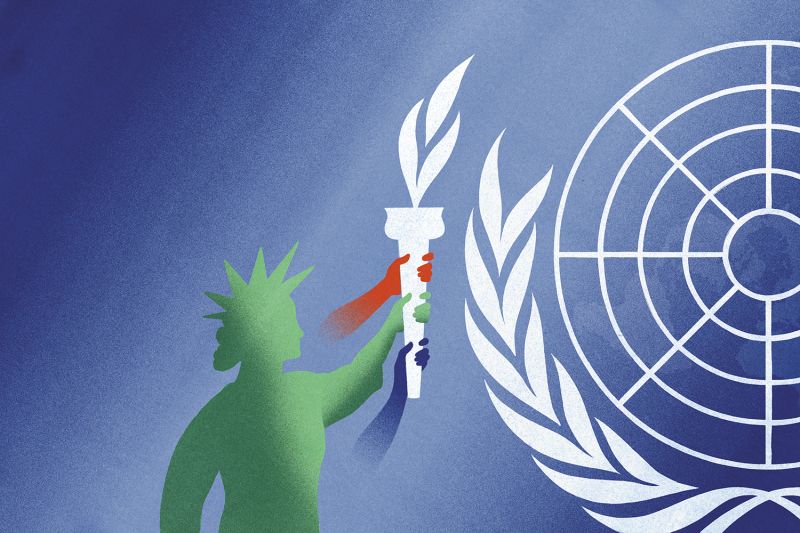


A New Multilateralism
How the United States can rejuvenate the global institutions it created.



America Prepares for a Pacific War With China It Doesn’t Want
Embedded with U.S. forces in the Pacific, I saw the dilemmas of deterrence firsthand.



The Endless Frustration of Chinese Diplomacy
Beijing’s representatives are always scared they could be the next to vanish.
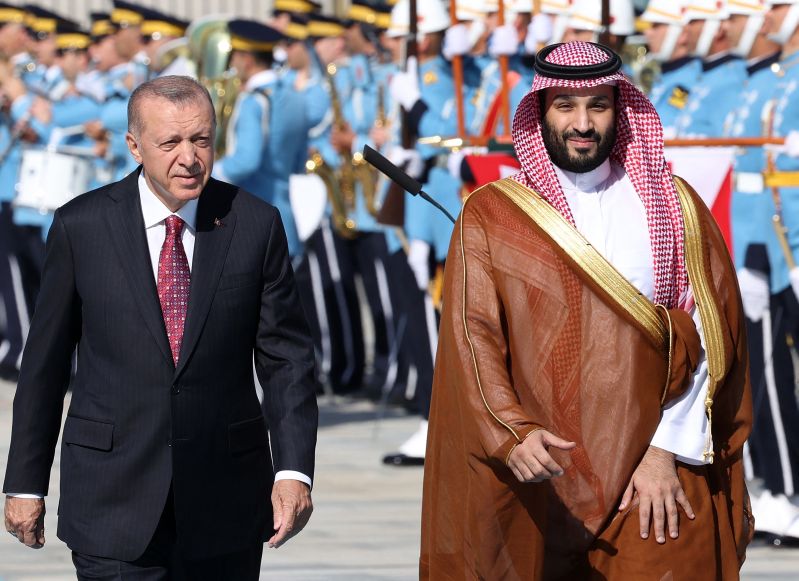


The End of America’s Middle East
The region’s four major countries have all forfeited Washington’s trust.
This post was originally published on this site be sure to check out more of their content.



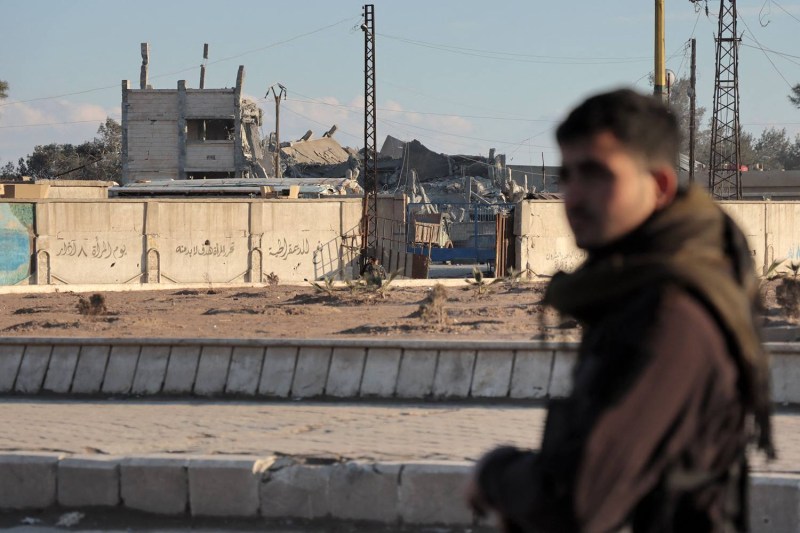
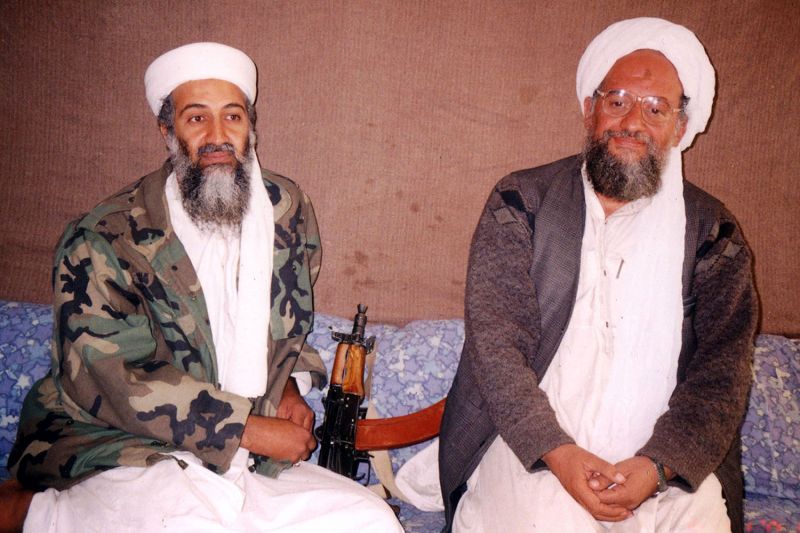
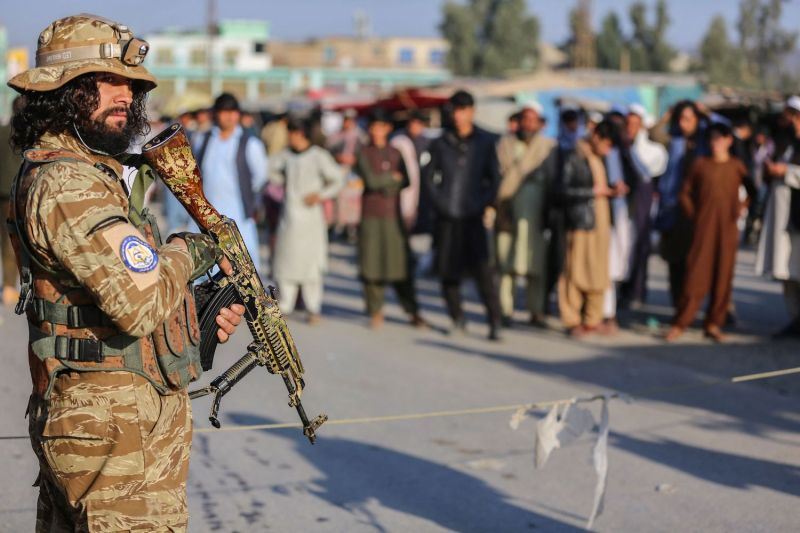
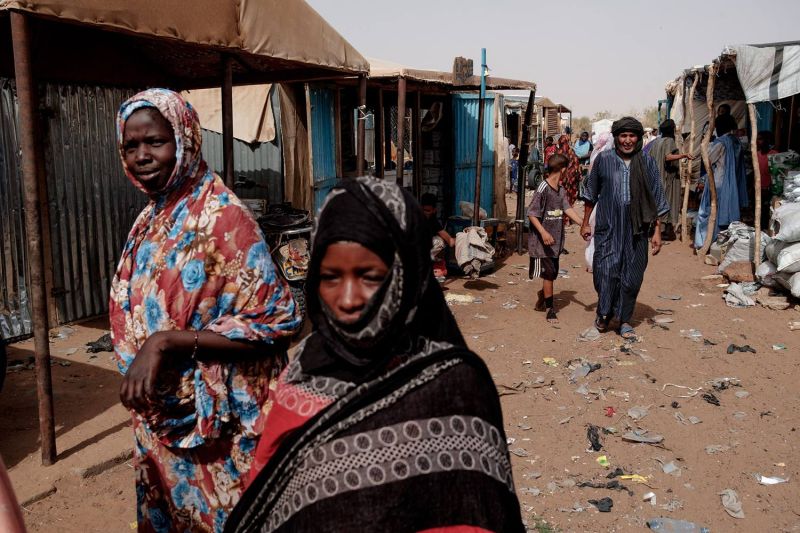




Join the Conversation
Commenting on this and other recent articles is just one benefit of a Foreign Policy subscription.
Already a subscriber?
.
Subscribe
Subscribe
View Comments
Join the Conversation
Join the conversation on this and other recent Foreign Policy articles when you subscribe now.
Subscribe
Subscribe
Not your account?
View Comments
Join the Conversation
Please follow our comment guidelines, stay on topic, and be civil, courteous, and respectful of others’ beliefs.
Change your username |
Log out